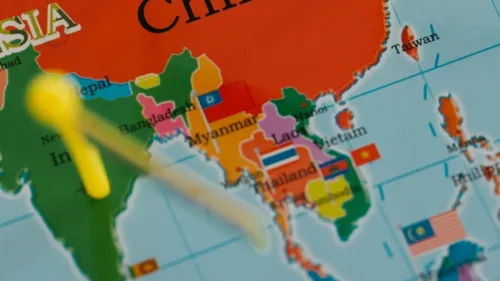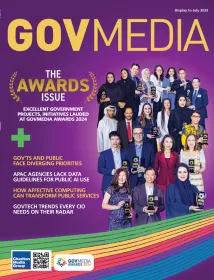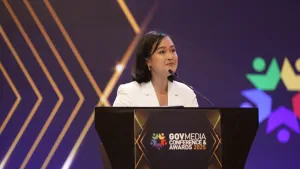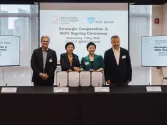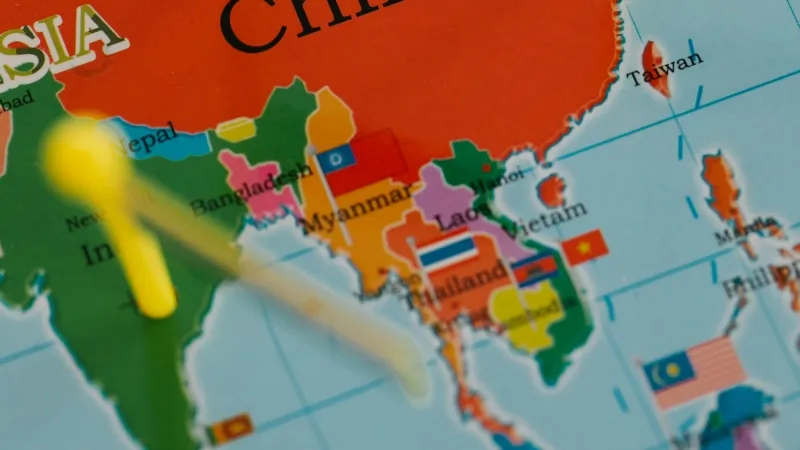
What leadership looks like in the public sector
Successful programmes often lead to budget cuts instead of recognition.
Public sector leaders face a level of external scrutiny, significant limits on their ability to influence and direct resourcing, according to a McKinsey report.
The report also said high-profile failures can severely impact them personally, whilst successful programmes, especially efficient ones, often lead to budget cuts instead of recognition.
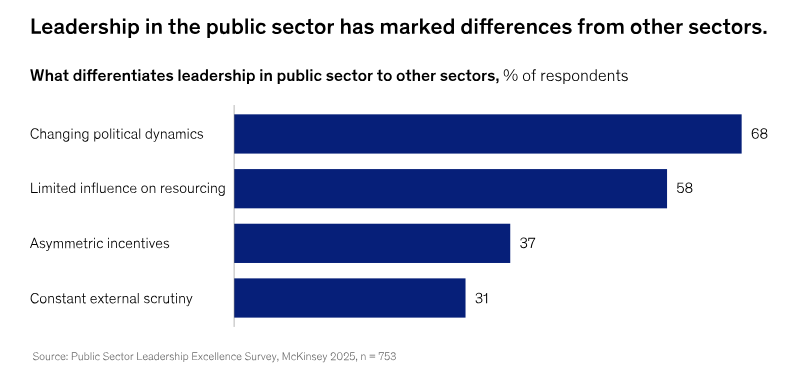
“However, it is not all bad news,” McKinsey said. Analysis shows that public sector leaders who have achieved transformational outcomes despite headwinds are deliberate about six practices and core responsibilities.
Number one is setting a clear direction, as it is the primary hallmark of leadership success, irrespective of department size, executive tenure, and jurisdiction.
According to the report, excellent leaders root such efforts in clear, long-term planning and a deep understanding of the appropriations cycle.
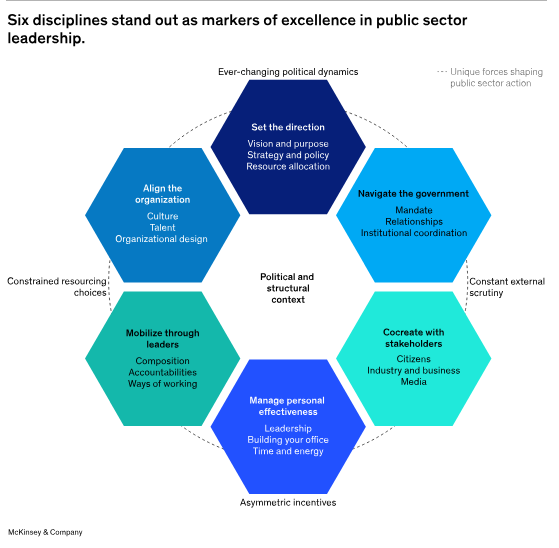
For example, one service organisation restructured its budget, aligning it with its four key missions. This change uncovered $400m in contract savings, which they could then redirect to top priorities.
Additionally, great leaders carefully build their top teams, even with tough constraints such as lower pay compared to other industries, a shortage of key talent in supporting roles, and fewer options to address poor performance.
Further, the best leaders treat the ‘soft stuff’ of culture and engagement with the same rigour as the "hard stuff" of operational and financial management.
“They know that organisational health is the critical enabler of performance, as the healthiest organisations outperform the least healthy by setting the culture, designing for success, and matching talent to impact,” McKinsey said.
Moreover, excellent leaders demonstrate just as much awareness and focus on their external environment as on their departmental context.
They are masters of the rules of the game within and across departments, as well as the tactics of networked decision-making and cabinet coordination.
McKinsey said any complex task relies on players outside of governments, and the vast majority have programmes that underpin public consultation.
“However, great leaders use coordination in a fundamentally different way—they bring a level of curiosity and openness to both the problem and the solution and actively develop support for new policies and services along the design journey,” McKinsey added.
The report regarded excellent leaders as those who maximise media engagement by focusing on the long-term game.
Whilst many leaders continue to use traditional media to their advantage, the best invest in communications teams to keep a pulse on "the word on the street" and are not afraid to engage in long-form, nontraditional formats to engage citizens and proactively shape their narratives.
In terms of operations, excellent leaders constantly and deliberately upgrade their operating system to handle the demands of public service.
Despite this, less than half of McKinsey’s participants considered themselves strong in this area, suggesting significant room to improve self-management.
One leader reflected, “Most leaders tend to underestimate their challenges on the emotional and mental well-being front until it hits them directly. It is a blind spot that leaders have because they think they are handling these things well—until they realise it is not that straightforward.”
